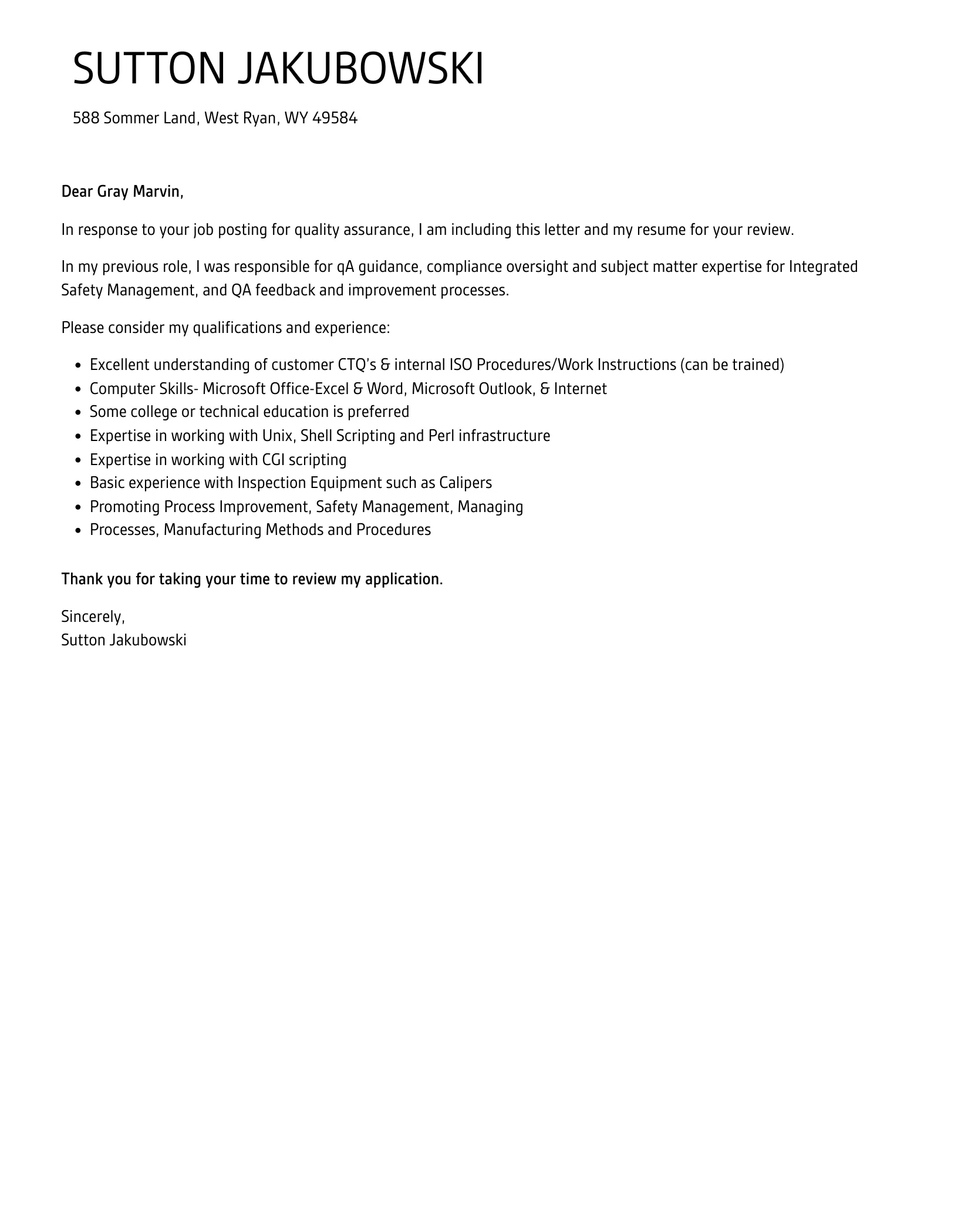What is a Quality Assurance Cover Letter
A Quality Assurance (QA) cover letter is a crucial document that accompanies your resume when applying for QA positions. Its primary purpose is to introduce you to the hiring manager, highlight your relevant skills and experience, and express your enthusiasm for the role and the company. Unlike your resume, which provides a snapshot of your career history, the cover letter allows you to elaborate on specific experiences, explain your motivations, and demonstrate your personality. Crafting a compelling QA cover letter is essential for making a strong first impression and increasing your chances of landing an interview. A well-written cover letter complements your resume by providing context and showcasing how your qualifications align with the specific requirements of the job.
Key Elements of a Quality Assurance Cover Letter
Contact Information
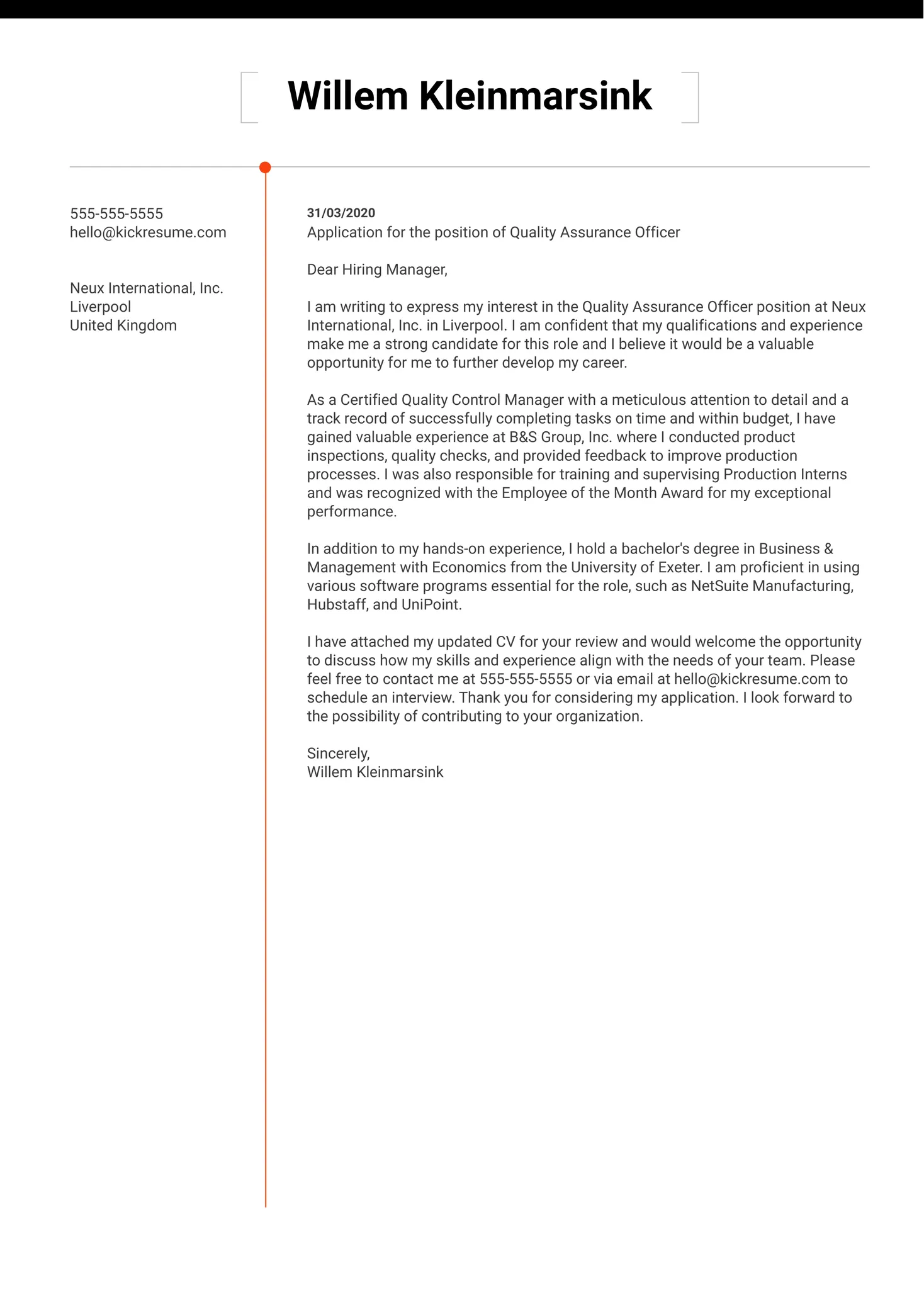
Begin your cover letter with your contact information. This should include your full name, address, phone number, and email address. Make sure your email address is professional. It is important that the contact information is accurate and up-to-date. This ensures the hiring manager can easily reach you if they are interested in your application. Also, consider including a link to your LinkedIn profile, if you have one, to provide the recruiter with a more comprehensive overview of your professional background. Place this information at the top left or right of the page, aligning it neatly.
Date
Below your contact information, include the date you are writing the letter. This helps the reader to know when the letter was written. Use a standard format, such as Month Day, Year (e.g., January 20, 2024). This simple step adds a professional touch to your letter and helps with organization.
Hiring Manager’s Name and Title
If possible, address your cover letter to a specific person. Research the company to find the name of the hiring manager or the person responsible for reviewing applications for the QA position. Addressing the letter to a specific individual demonstrates that you have taken the time to research the company and shows that you are genuinely interested in the opportunity. If you are unable to find a specific name, you can use a general title such as “Hiring Manager” or “Recruiting Team.”
Professional Greeting
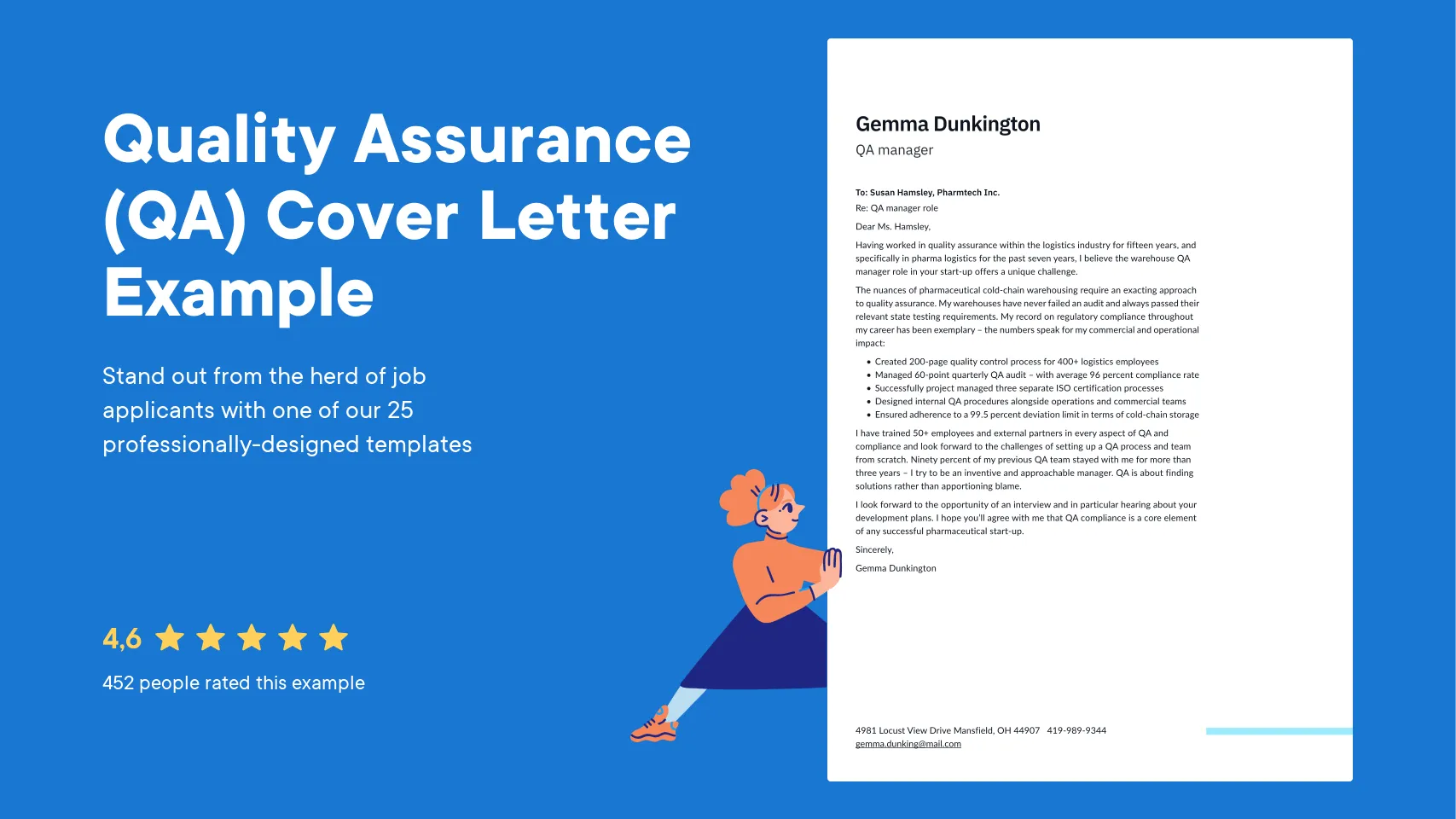
Start your cover letter with a professional greeting. Use “Dear [Mr./Ms./Mx. Last Name]” or a more formal salutation like “Dear Hiring Manager,” if you don’t have a name. Avoid overly casual greetings. A professional greeting sets the tone for the entire letter and shows that you are serious about the application.
Body Paragraph 1 Highlight Your QA Skills
In the first body paragraph, focus on highlighting your key QA skills and relevant experience. Mention specific skills that align with the job description. Emphasize your expertise in areas such as test planning, test execution, defect tracking, and test automation. This section should grab the reader’s attention by immediately showcasing your qualifications and demonstrating your suitability for the role. Tailor your skills to the specific job requirements; review the job description carefully and identify the skills and experiences the employer is looking for, then highlight those in this section.
Focus on Relevant Experience
Focus on the experiences that are relevant to the QA position. Briefly describe your past roles and the responsibilities you held. Highlight the projects you worked on and the impact of your contributions. By showcasing your relevant experience, you demonstrate your ability to perform the job duties effectively. Choose the experiences that best match the job requirements, and tailor your descriptions to showcase how your skills and past work align with the role.
Quantify Achievements
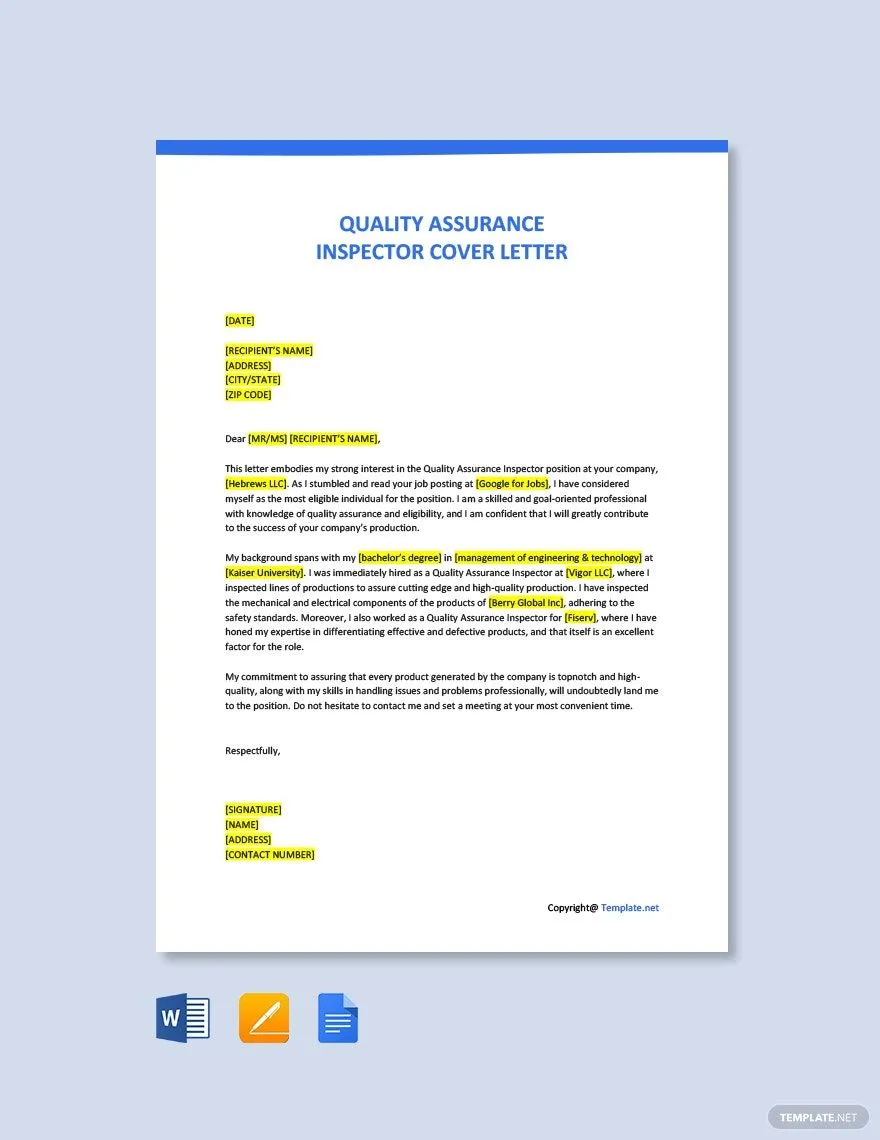
Quantify your achievements whenever possible. Use numbers and data to illustrate your accomplishments. Instead of saying you “improved testing processes,” state that you “reduced test execution time by 15%” or “identified and reported 50+ critical defects.” Quantifying your achievements provides concrete evidence of your skills and the value you bring to an organization. It makes your accomplishments more compelling and demonstrates your ability to make a positive impact.
Body Paragraph 2 Demonstrate Your Knowledge
In your second body paragraph, demonstrate your knowledge of quality assurance processes and your understanding of the company’s needs. Showcase your familiarity with different testing methodologies such as black box, white box, and performance testing. Highlight your experience with the Software Development Life Cycle (SDLC) and your ability to contribute to a collaborative development environment. This shows that you’re not just skilled but also knowledgeable and adaptable, making you a well-rounded candidate.
Showcase Your Understanding of QA Processes
Highlight your understanding of different QA processes. Explain how you approach test planning, test case design, and execution. Demonstrate your knowledge of defect tracking and reporting. Mention your experience with various testing methodologies such as Agile or Waterfall. This shows that you understand the fundamentals of QA and can contribute effectively to the team. It demonstrates to the recruiter your fundamental knowledge of what QA processes are, which is essential for a quality assurance role.
Mention Specific Tools and Technologies
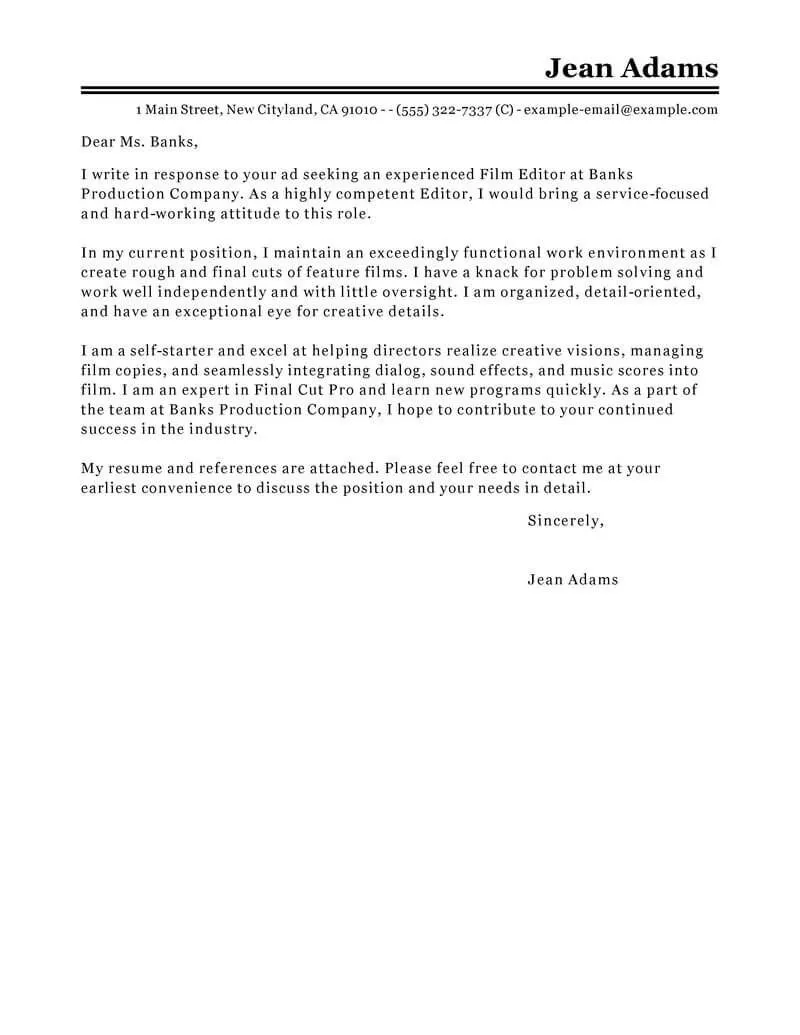
Mention the specific tools and technologies you are proficient with. Include software testing tools like Selenium, JUnit, or Postman. List any experience with bug tracking systems such as Jira or Bugzilla. Highlighting your proficiency with these tools demonstrates your ability to hit the ground running and contribute immediately. Tailor your list to match the technologies mentioned in the job description, as it shows that you have the needed experience.
Body Paragraph 3 Express Your Enthusiasm
In your third body paragraph, express your enthusiasm for the role and the company. Explain why you are interested in the specific position and what attracts you to the company. This helps the hiring manager understand your motivation and commitment to the opportunity. Be specific about what excites you about the role or the company’s mission. Demonstrating genuine interest can set you apart from other candidates.
Tailor to the Company and Role
Tailor your cover letter to the company and the specific role. Research the company’s mission, values, and recent projects. Demonstrate how your skills and experience align with the company’s needs and goals. This shows that you have taken the time to understand the company and are genuinely interested in contributing to its success. Referencing the company’s values shows a deeper level of engagement.
Closing
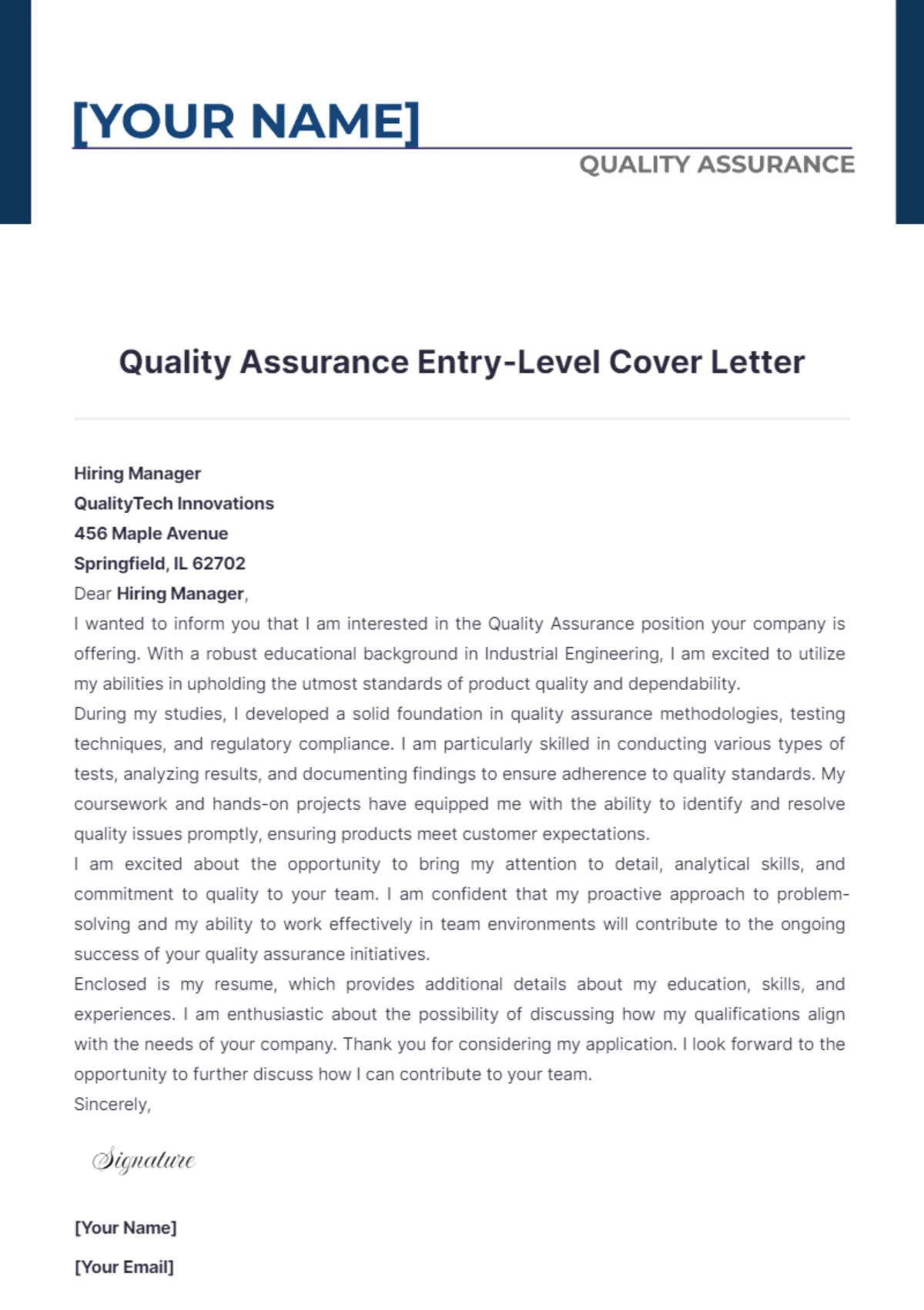
Close your cover letter with a professional and enthusiastic closing. Summarize your interest in the position and reiterate your eagerness to contribute to the team. Thank the hiring manager for their time and consideration. Provide a clear call to action, such as inviting them to contact you for an interview. This shows you are assertive and genuinely interested in the position.
Formal Closing
Use a formal closing like “Sincerely,” “Best regards,” or “Thank you.” This maintains a professional tone. Avoid casual closings like “Cheers” or “Best.” It is essential that the closing matches the professional tone you set earlier in your cover letter, so be sure to use the proper format.
Your Typed Name
Type your full name below your closing. This makes it clear who the cover letter is from. This is the final touch, so it’s crucial to not make any mistakes here, and be sure that you have the correct closing.
Formatting Tips
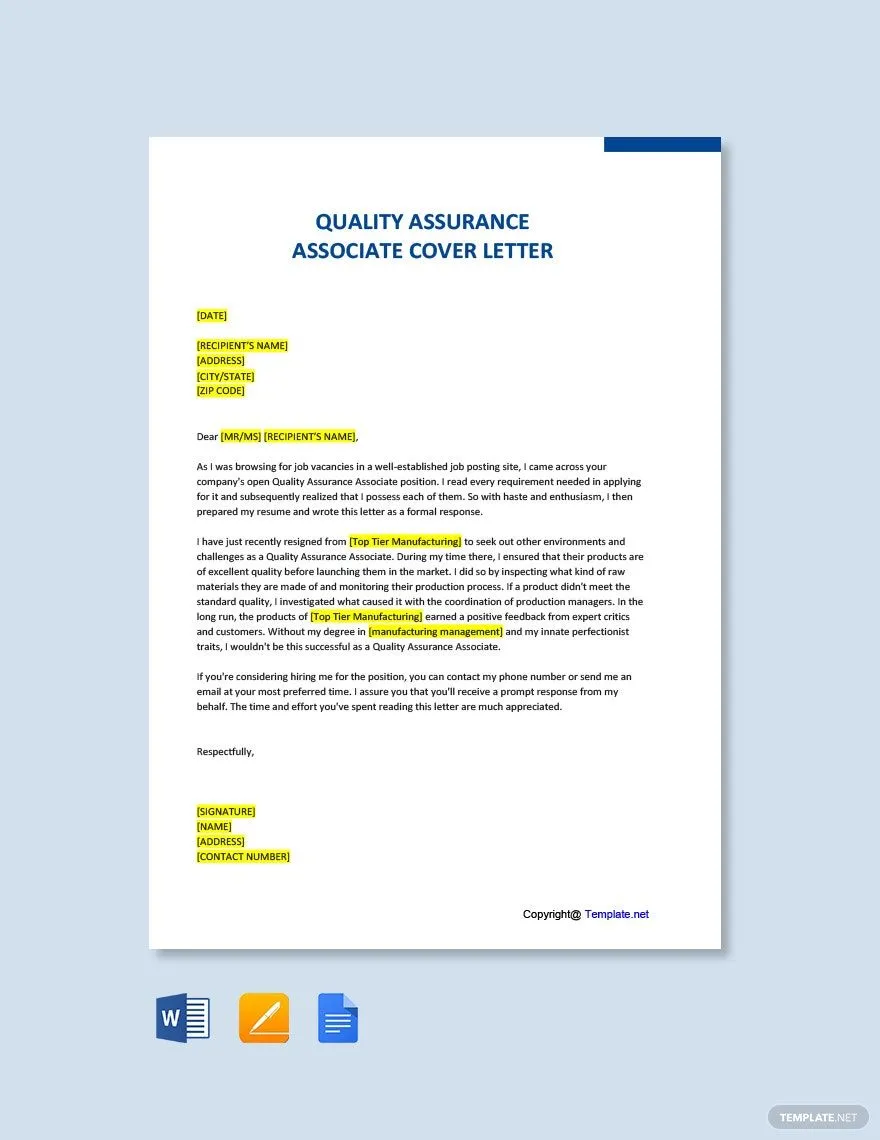
Pay close attention to the formatting of your cover letter. A well-formatted letter is easy to read and demonstrates professionalism. Use standard fonts, maintain consistent margins, and ensure the text is clean and organized. Poor formatting can distract the reader from the content and give the impression of carelessness. Use tools such as spell-checkers to ensure that your cover letter has the correct spelling.
Font and Style
Choose a professional font such as Times New Roman, Arial, or Calibri. Use a font size between 10 and 12 points for easy readability. Maintain a consistent font style throughout the document. Using a consistent font and style contributes to a clean and organized appearance, making your cover letter more readable.
Length
Keep your cover letter concise. Aim for one page. Hiring managers often have a lot of applications to review, so it’s important to get your point across efficiently. Focus on the most relevant information and avoid unnecessary details. A concise cover letter is more likely to be read in its entirety.
Proofreading and Editing
Always proofread and edit your cover letter before submitting it. Check for grammar, spelling, and punctuation errors. Ask a friend or family member to review it for you as well, as a fresh pair of eyes can often catch mistakes you might have missed. A well-proofread letter demonstrates attention to detail and professionalism. A well-edited document can really showcase your dedication.
Examples of QA Cover Letter
Review examples of successful QA cover letters to get inspiration. Look for examples that match the type of role you are applying for and the industry. Pay attention to the structure, tone, and the way the candidates highlight their skills and experience. Use these examples as a guide to create your own unique and compelling cover letter. You can find many example cover letters online, and they can be helpful for guidance. Remember to tailor your cover letter, so it reflects your unique experiences and skill set.
